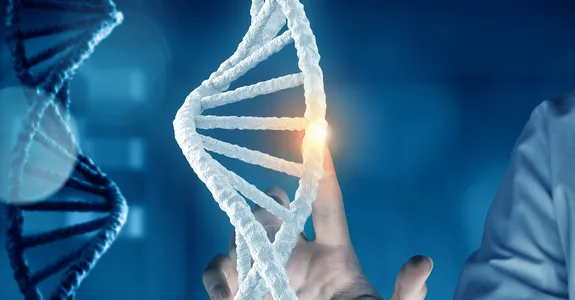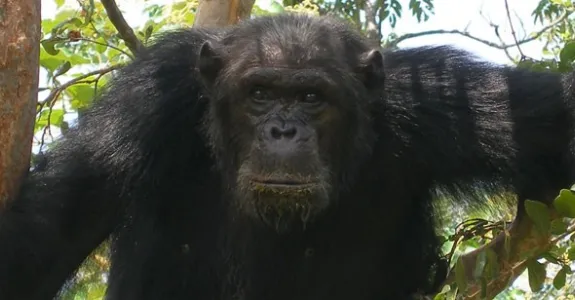
The Parham laboratory investigates the biology, genetics, and evolution of Major Histocompatibility Complex (MHC) class I molecules, natural killer (NK) cell receptors, and other immune system molecules. Classical MHC class I molecules are peptide-binding glycoproteins expressed on the surface of most vertebrate cells where they interact with the receptors of cytolytic CD8+ T lymphocytes and NK cells of the immune system. Both these types of killer lymphocytes are important for defence against viruses - generalised NK cell response at the beginning of infection, and specific T cell response further on if the pathogen is not eliminated by innate immunity. The rapid evolution of viruses selects for diversity of MHC class I molecules within populations of humans and other vertebrates. One consequence of this diversity is that MHC class I difference is a major immunological barrier to tissue transplants between unrelated donors and patients. A second consequence is that MHC class I molecules of different taxonomic species are very different, for example, there is no true orthologue between the classical class I genes of humans and mice. Whereas once considered homogeneous, NK cells are now shown to have both clonal diversity arising from differential expression of NK cell receptors within an individual, and population diversity in haplotype content and gene polymorphism. Clinical consequences analogous to those for MHC class I are expected due to NK cell receptor diversity. In humans, NK cell receptors consist of both immunoglobulin-like molecules and lectin-like molecules, however, only the lectin-like receptors are functional homologues in mice. As with their MHC class I ligands, NK cell receptors have also undergone rapid evolution.



